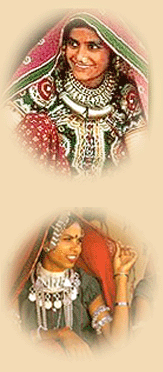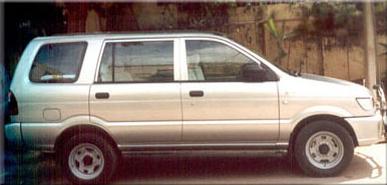|
Different views have been
expressed about the origin of the Guhilas. Abul Fazal, the court historian of
Akbar, believed that the dynasty was originated from Naushervan-E-Adil, the
emperor of Persia but also informs us that they were regarded Brahmanas
because their king was nurthured by Brahmana in the Beginning of their
history. Masira-ul-Umra’s writer has repeated this view. Lakshmi Narayan
Shafiq Aurangabadi wrote the book entitled Bisatui Ganaim in 1790 A.D. He says
that the rulers of Udaipur were considered supreme among the kings of Hind and
other rulers succeed to their paternal throne with the Guhila king’s
permission. All these unhistoric tales were prevalent in Mdieval India.
James tod collected the tales prevalent in the nineteenth century. According
to a traditional tale the Guhilas belonged to solar dynasty and were in the
famous family of Rama of Ayodhya. Tod mentions another tale that Kanaksen of
solar dynasty came down form Lohakota identified with Lahor said to be Lavapur
after the name of Lava, the elder son of Rama. He settled in Saurashtra
portion of Gujarat in V-S. 580 = 523 A.D. in the time of Raja Siladitya their
capital Valabhi was destroyed by foreigners. The queen had gone on pilgrimage
of Amba Bhawani and remained safe and her son Goha became the ruler of Mewar.
The view of Tod was not believed by Malcolm, Crooke and G.H. Ojha. They’re
finding based on historical facts are that the Iranian prince Naushejad never
came to India and Valabhi in Gujarat was ruled by the Sakes and not Kanaksen,
hence Tod’s tales are mere gossip and nothing more than that. Kaviraja
Shyamal-das believed in the Guhilas coming from Gujarat without any historical
evidence.
Rise of the Guhilas and Bappa Rawal
“It is only in a country protected by arms there is perception about the code
of knowledge” After the downfall of the Gupta empire people of the Guhila or
forest lying on the Aravali range and its east had its new masters who called
themselves Guhila after the forest (guhila) territory. We know of the Guhilas
of (1) Chaksu or Chatsu of tehsil Chaksu, south of modem Jaipur of (2) Nagara
of Tehsil Uniyara of District Tonk, of (3) Nasuna of District Ajmer, of (4)
Dhavagarta now known as Dhoda of tehsil Jahazpur of District Bhilwara, of (5)
Nagahrada now known as Nagada near Ekalingji of District Rajsamand north of
Udaipur town of District Udaipur, and of (7) Rishabhdeva, 39 miles south of
Udaipur in district Udaipur.
Here we are primarily concerned with Guhila dynasty which had a king or kings
entitled or named Bappa. G.H. Ojha says that in an inscription of V.S – 1028
in the Guhila family there was king named Bappa (Bapa) who was like moon in
Guhila dynasty. When six families are called Guhila without having their first
ruler named as Guhila there is no sense in believing that they had taken this
name from common forefather named Guhila. The inscription of Atapur (Ahara) of
V.S. 1034 has mentioned the first king’s name as Guhadatta meaning gift of
Guha or Sadanana, the first Son of God Siva, the family deity of this family.
The inscriptions of Chittor of V.S. 1331, of Abu of V.S. 1342 and of Ranapur
of V.S. 1496 have given the Guhila surname by which Guhadatta became famous.
They have given his father’s name as Bappa. Till this day we have this name of
persons in Rajasthan. In Kumbhalgarh inscription of V.S. 1517 bettween Naga
and Aparatjita a king is named Bappa who has been identified with Siladitya of
Samoli inscription of V.S. 703. From Bappa first Siladity a is sixth ruler.
Then sat on the throne Aparajita, Mahendra II Kalabhoja respectively. This
10th ruler from Bappa I viz. Kalabhoja is identified with Bappa or Bapa of
Ekalinga mahatmya written in the time of Maharana Kumbha. |






